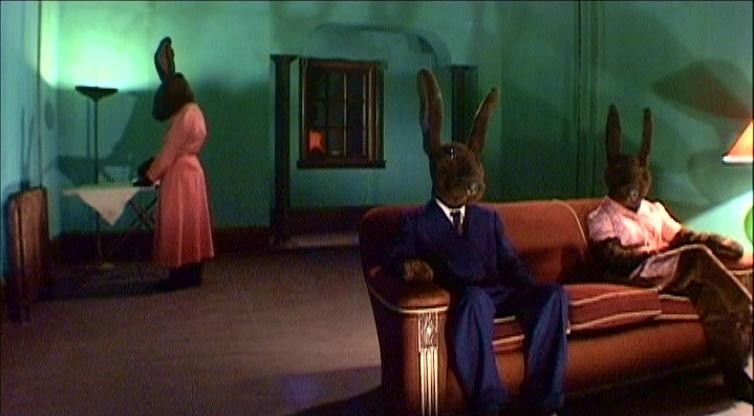
“Ideas are like fish. If you want to catch little fish, you can stay in the shallow water. But if you want to catch the big fish, you’ve got to go deeper. Down deep, the fish are more powerful and more pure.They’re huge and abstract. And they’re very beautiful.” – David Lynch
Red curtains. Telephone calls. Electrical hums. As a cinephile, you know the drill. He’s the great pop surrealist director of the postmodern age, but many forget that he’s not just a filmmaker. David Lynch is a multimedia artist whose projects are as elusive and spellbinding as his feature films, his artworks ranging from the ambiguously beautiful to the ridiculously pretentious.
Whatever side of his spectrum you find yourself on, one thing is certain: his projects will always be highly entertaining, and most important of all, Lynchian. Which is why once you get started on the Lynch pill, the addiction’s impossible to stop- there’s so much Lynch to swim in. With the new YouTube channel, “DAVID LYNCH THEATER” releasing his short films and experiments every week, let’s recommend to you the best of what’s perceived as his side-projects. So if you’re ever in a pinch and can only take a cinch, treat yourself to an inch of Lynch!
Here are the best Lynch shorts that are worth your time. If you’re a hard-core Lynch fan you might’ve seen these already. But if not, it doesn’t hurt to dive deeper into this dreamy director’s big, purple ocean to catch his smaller fish.
1. Lady Blue Shanghai (2010)
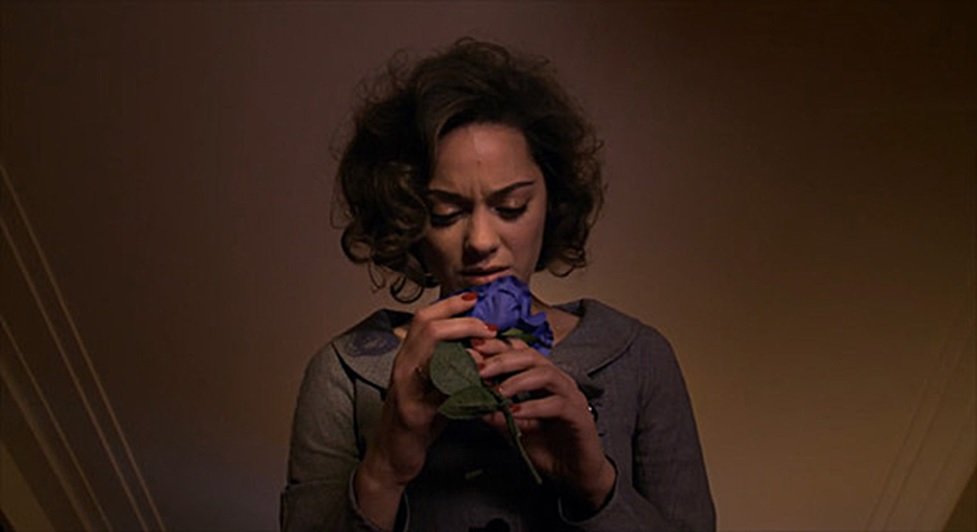
A gorgeous woman (Marion Cotillard) enters her hotel room. Someone’s been inside- the stereo’s turned on, and when she stops the music, a Dior bag shines a smokey ray of light as it pops into existence. Something is wrong. We watch as she reminisces of a dreamy Shanghai lover she romanced once upon a time.
“Lady Blue Shanghai” is a wonderful Lynch tidbit. This Dior advertisement comes off as a captivating concoction of “Inland Empire,” “Twin Peaks: The Return” and the “DIORMAG.” Stylish, hip, but also classy and old fashioned. The nightmarish surrealist flashes of Lynch’s most famous works are missing here, but that’s not a bad thing- the cold film noir and the swooning melodrama is amped up to a beautiful max.
“Lady Blue Shanghai” has the flourishes of a student film and the brushstrokes of a master artist. The Shanghai scenery is wondrous to behold, especially through Lynch’s blurred, hyper shaky camera, giving the city a mysterious, expressionist feel. The Dior bag is a surrealist artifact from the “Convenience Store’s” lower dimensions, animated in the style we would see more of in “Twin Peaks: The Return.” And did I mention there’s a blue rose?
2. The Grandmother (1970)
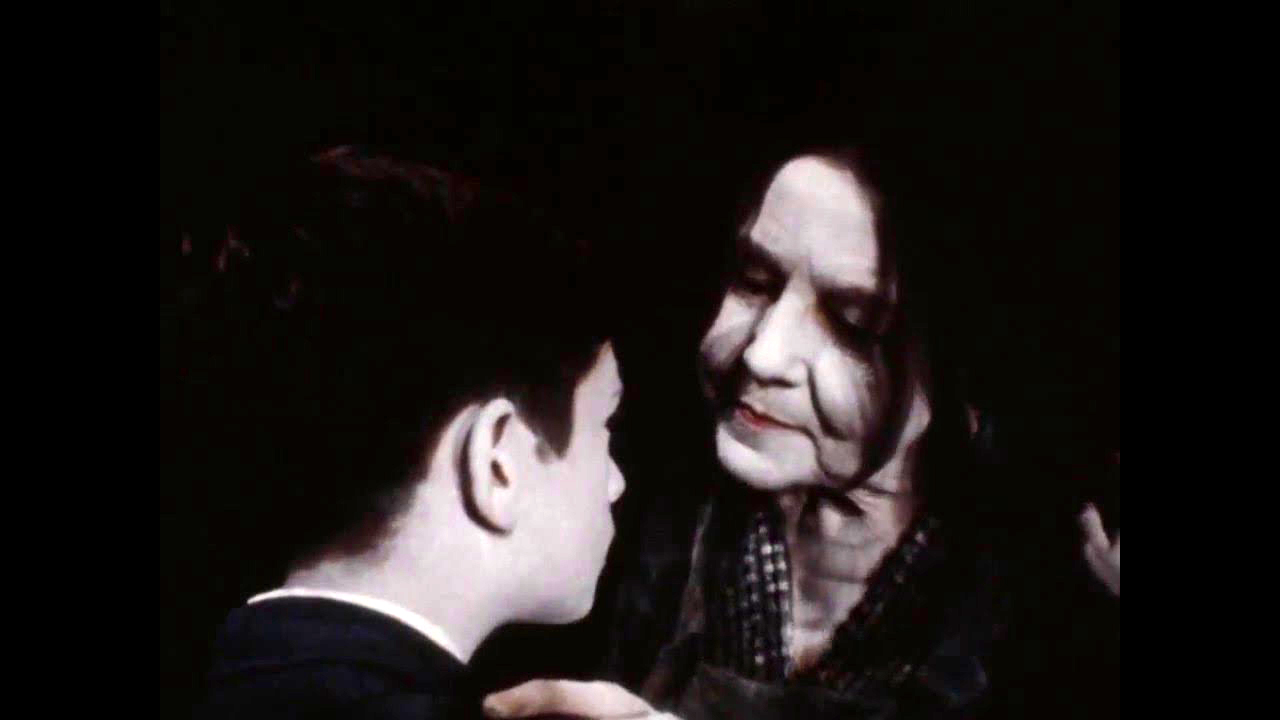
Out of seeds in the ground grows a man and woman. Barking like animals, they sniff each other’s butts, and poof, out of the earth pops a boy, their son. The boy tries as hard as he can, but sadly, when night falls, he keeps on wetting the bed, leaving a bright, yellow stain to show for it. Furious, his father beats his son up, rubbing the boy’s face in the stinky urine. With his parents mean and abusive all the time, the sad son grows a grandmother in his room, and she gives him the love he needs.
This is technically Lynch’s first “movie” movie, or at least a work that’s close to feature length. Bushnell Keeler, Lynch’s painting mentor, suggested Lynch submit his previous short film, “The Alphabet” to the American Film Institute, and the AFI liked it so much they gave Lynch a grant to make more stuff. An essential stepping stone to “Eraserhead,” “The Grandmother” is Lynch leveling up to his final form. Here the strange, Lynchian sound design bursts to life, as this was his first collaboration with a young man who would become legendary sound design master Alan Splet. Splet and Lynch spent 63 days crafting sounds for the film, and these odd droning shrieks populating this grainy, granny centric piece creates most of its horror.
“The Grandmother” is David Lynch’s marriage of painting and film. And besides “Eraserhead” and the first third of “Lost Highway,” “The Grandmother” might be his scariest.
3. The Alphabet (1968)
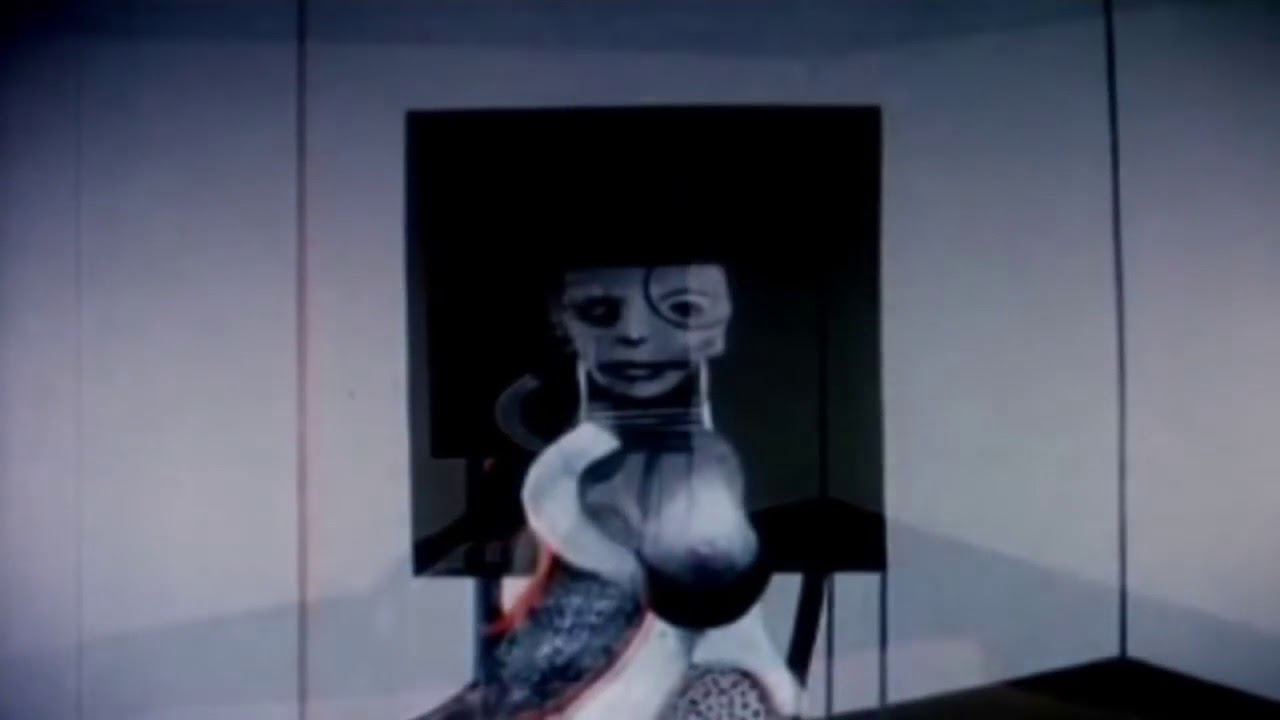
“The Alphabet,” a haunting mix of animation and live action, tracks a nightmarish girl who has alphabet dreams of an abstract creature made of shapes and letters. One of Lynch’s earliest shorts, it plays out like a melting pot of Francis Bacon and films of the surrealist movement.
4. Dumbland (2002)
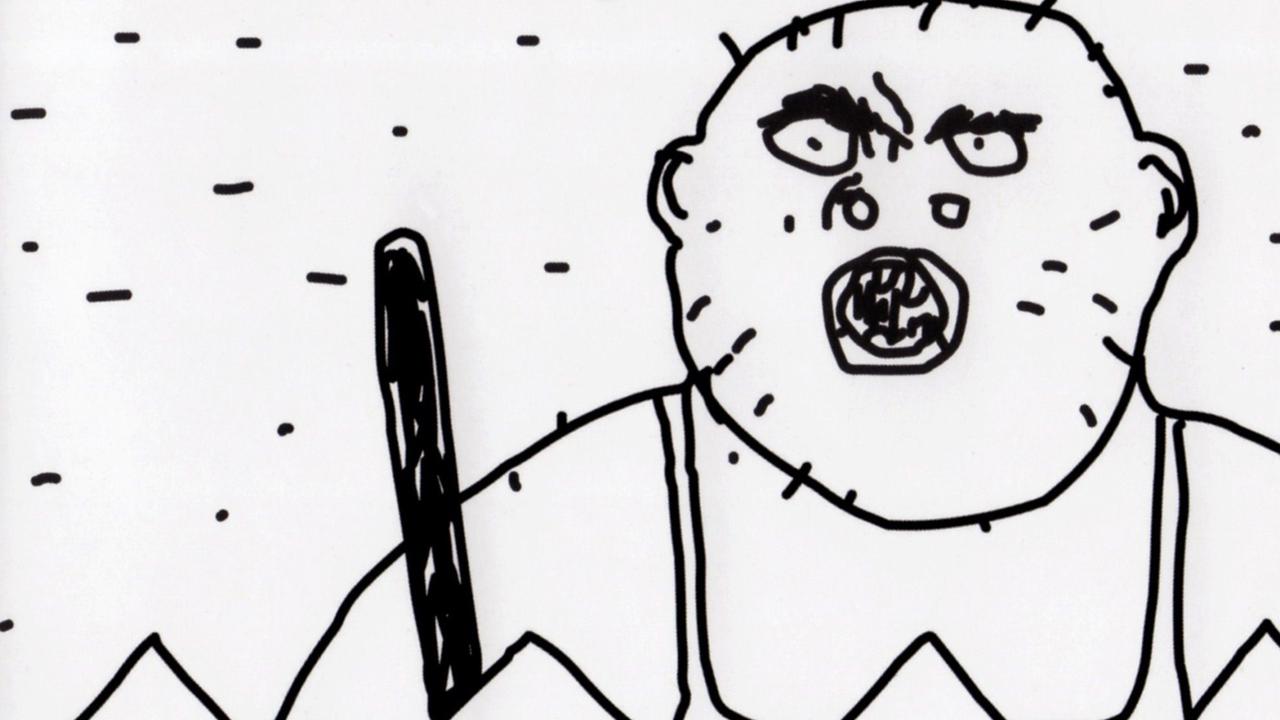
Frank Booth meets Homer Simpson. While technically not a short but an animated series, “Dumbland” only clocks in at 33 minutes, so it’s still going on this list.
A series crudely drawn, animated, and voice acted by David Lynch, and set in a “Blue Velvet” suburbia, “Dumbland” follows a fat meatball of white trash, Randy, as he abuses his cute son, traumatized wife, and everything else around him. These eight episodes are, sadly, a pretty accurate representation of American culture. But don’t get too down in the dumps about that though, “Dumbland” is hilarious- it’s funny ‘cause it’s true. It revels in its absolute nihilism- the scenes of Randy beating up his family and surroundings are so over the top, it’s hysterical. This is David Lynch’s most lowbrow outing, full of potty jokes, crude animation, and silly voice acting. A masterpiece! Watch out for Randy farting all over his next door neighbor, the one-armed duck fricker!
5. Hotel Room: Blackout (1993)
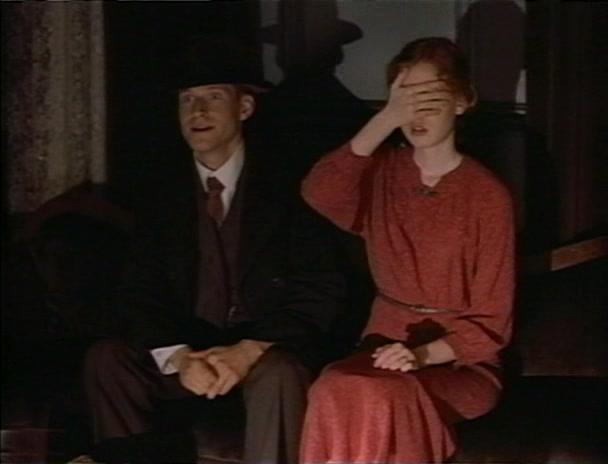
“Hotel Room” is an anthology series showing the ongoings of a hotel, its unaging staff, and its visitors lodging in room 603. Many of the “Twin Peaks” behind the scenes crew would also work on this one, but it wasn’t a big hit, so only three episodes were produced. The first two were alright, but the third shines the brightest. There isn’t much surrealism in this one- it’s rambly and dialogue driven, feeling like an old fashioned stage play.
Written by Barry Gifford (“Wild at Heart” and “Lost Highway” writer), “Hotel Room’s” final episode “Blackout” is set in 1936 and tells the story of a cute, Midwestern couple staying at the hotel during a New York City blackout. As their conversation unravels, the husband, Danny (played wonderfully by Crispin Glover) becomes more worrisome about his wife, Diane (played terrifically by Alicia Witt) who is suffering from an unknown illness brought about by trauma. The focus on the strong performances and the couple’s relationship defines “Blackout,” creating some moments of great suspense, unease, and beauty, finally showing out with an ending as sweet as apple pie.
The show’s opening narration (narrated by David Lynch) is the coolest thing ever: “For a millennium, the space for the hotel room existed, undefined. Mankind captured it, and gave it shape and passed through. And sometimes when passing through, they found themselves brushing up against the secret names of truth.”
6. Premonitions Following An Evil Deed (1995)
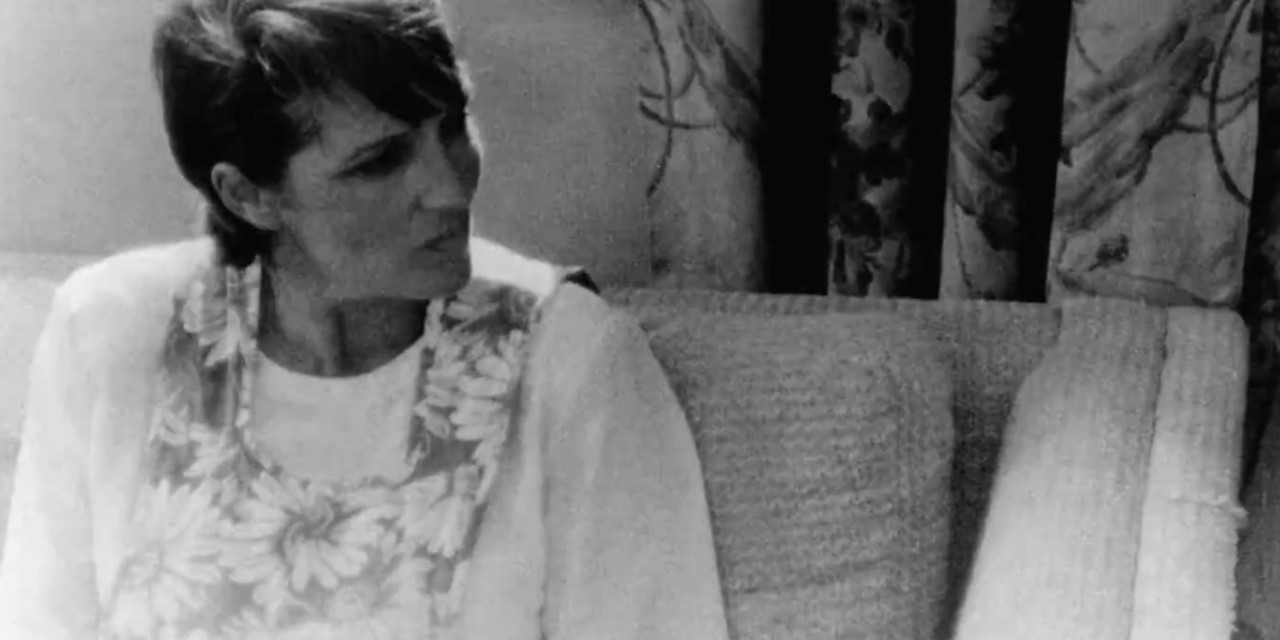
Policemen discover a dead body laying in a field, a woman waits in her home, and eerie men with blurry, bulbous heads operate a factory buzzing with electricity as a girl is trapped in a water tank. The camera flutters, opening and closing.
“Premonitions Following an Evil Deed” is a one minute short made as a tribute to the 100th year anniversary of the Lumiere camera in a challenge 40 directors participated in. The film had to mimic the early filming conditions of cinema, so the shorts had to follow three rules: a single sequence, 52 second shot; no synced up sound, and having a total of only three takes. “Premonitions’” sets were right next to each other, so the effect of a camera shutter opening and closing creates the illusion of separate, disjointed shots, while in reality “Premonitions” was shot all in one take.
When the other Lumiere tributes chose to pay nostalgic homage to early cinema’s infant films, Lynch executed a distinct vision with one foot in the past and the other in the present.
“Is It FuTuRe… oR iS It PaSt?” Sorry, I couldn’t resist- that was a reference I had to make.